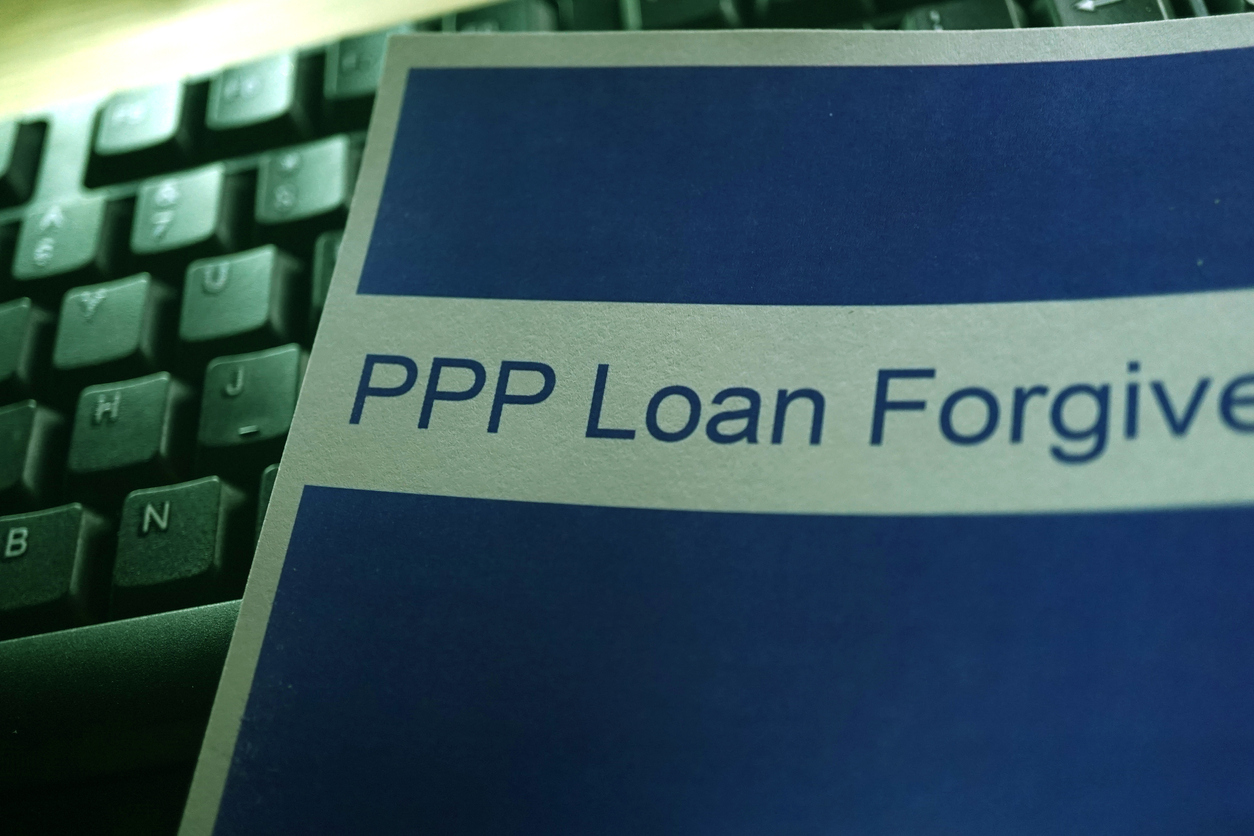The U.S. Small Business Administration (SBA) has released the “Paycheck Protection Program Loan Forgiveness Application,” which contains information on PPP Loan forgiveness along with instructions for completing the application form. The SBA said its form and instructions are designed to reduce compliance burdens and simplify the process for borrowers.
The form and instructions provide details on how to apply for forgiveness of PPP loans, consistent with the (CARES) Act, P.L. 116-136 and additional guidance given in accompanying FAQs and interim final rules.
The application and instructions are the first detailed guidance from the SBA and U.S. Treasury regarding details of computing PPP loan forgiveness. While this guidance does not answer several questions borrowers may still have about the program, it does provide some additional clarity on a few key items:
- Flexibility in the “incurred” and “paid” language in the CARES Act to include eligible payroll and non-payroll expenses both paid OR incurred during the eight-week period after receiving their PPP loan. Form instructions state that non-payroll expenses that are incurred during 8-week covered period must be paid by the next billing cycle in order to be included as eligible expenses;
- A relatively borrower-friendly interpretation for the calculation of full-time equivalents, with 40 hours being used as the base to determine FTEs;
- An explicit statement that covered rent obligations include leases on both real and personal property;
- Options for borrowers who use a biweekly or more frequent payroll schedule to calculate payroll costs using an “alternative payroll covered” period that aligns with borrowers’ regular payroll cycles;
- An indirect bar on using bonuses to owner-employees to fill shortfalls in eligible payroll costs for loan forgiveness and an inference that bonuses are acceptable if paid to rank and file employees by lack of any such language as it relates to other employees (further guidance expected on this);
- Implementation of statutory exemptions from loan forgiveness reduction based on rehiring by June 30, 2020;
- Addition of a new exemption from the loan forgiveness reduction for borrowers who have made a good-faith, written offer to rehire employees, which the worker(s) declined; and
- Step-by-step instructions on how to perform the calculations required by the CARES Act to conform with eligibility requirements for loan forgiveness.
The SBA plans to release regulations and guidance in the coming days to assist borrowers as they complete their loan forgiveness applications. When final guidance is released, our team here at Anglin will make available a new estimator for forgiveness. The new guidance updates several of the assumptions made in the previous model released. More specifically, this recent guidance made significant changes to the FTE calculations, Covered Period start date, and the 25% reduction calculation. These changes will likely improve eligibility of forgivable amounts.
Speak to your advisor at Anglin Reichmann Armstrong to help you clarify how this current guidance applies to your situation.
Meet with a Solutions Services Advisor.

